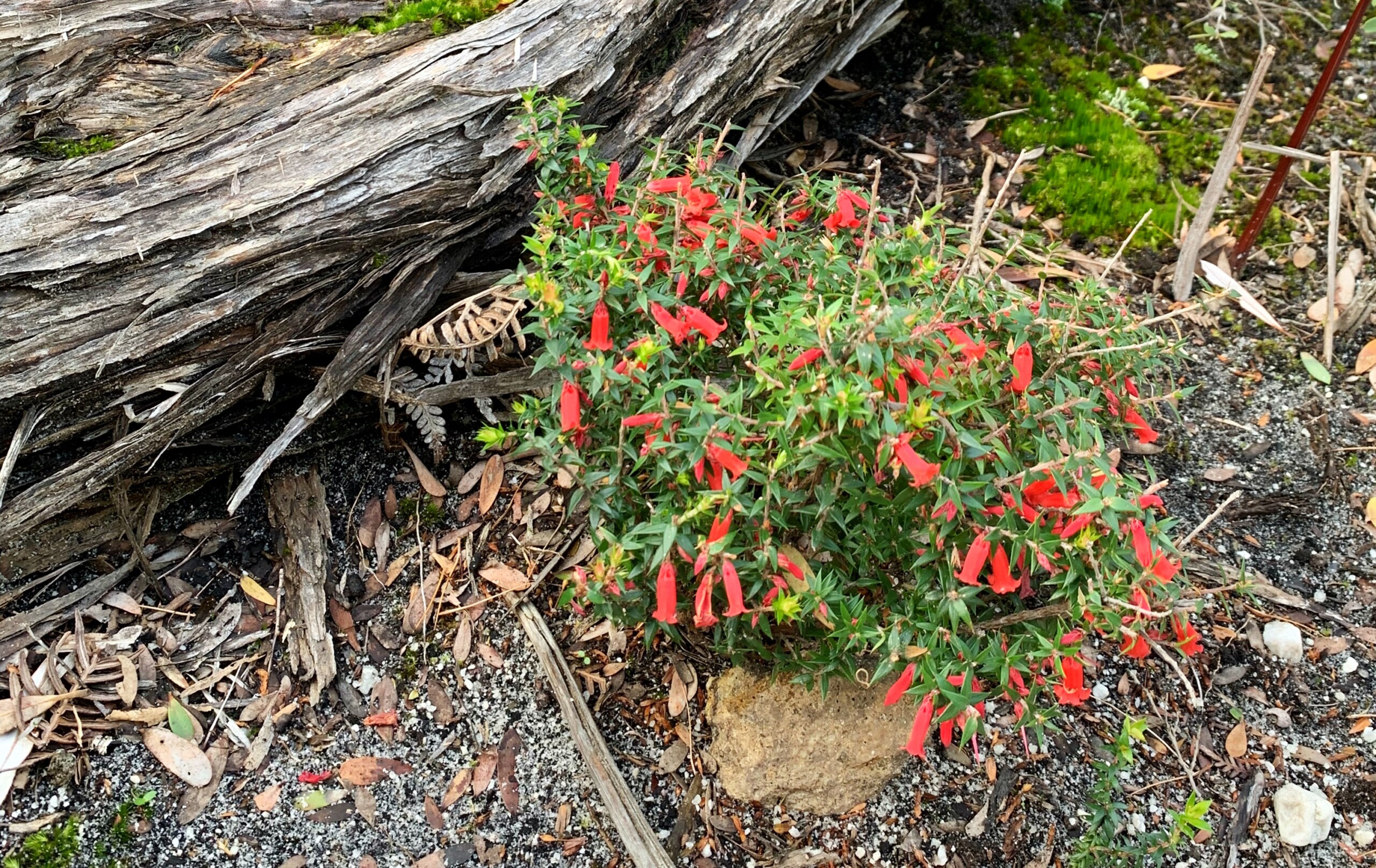Eight years ago, I wrote about the cultural renewal challenges facing not-for-profit organisations we had worked with over the previous decade. What’s remarkable about re-reading that article today is just how little has changed in the almost another decade since. If anything, things have only become more difficult – particularly in light of the upheaval wrought by the ongoing Covid-19 pandemic – and not only in the not-for-profit sector.
Adapting to what seems like yet another new reality, it is tempting for leaders to look for ways to transform their organisation’s culture, the intention being to re-energise, to re-focus on the reason for being and to renew the organisation’s spirit.
However, in our experience, we have found that to provide long-lasting and resilient benefits to the organisation, its people and those it serves, cultural renewal needs to be carefully planned and implemented.
There are a number of key success factors, including:
- From the outset, senior leadership is committed to the project for the medium to long term. Cultural renewal is never a ‘quick fix’ and treating it that way is likely to set back the existing culture.
- There also needs to be a mindset that cultural renewal is exactly that: renewal, rather than ‘replacement’. It is not about throwing everything away and starting again. Honouring and acknowledging what has come before is important. Making it clear that we are not trying to replace the old because it was ‘wrong’; we are looking to adapt the old to fit circumstances that have changed. Failing to adopt this mindset risks losing the ‘why’ of the organisation.
- Renewal, no matter how minor, is change, and leaders need to be aware of the factors that enable successful change. I’ll explain these in more detail in a future post. Briefly they include building a case for change, authentic and visible commitment from leadership, a concrete plan and clear alignment with the organisation’s ‘why’.
There also needs to be awareness of potential change fatigue, especially in light of everything we have been navigating in the last two years.
We always work across three key areas when approaching cultural renewal: systems, behaviours and symbols.
Systems and processes – the ‘mechanical’ aspects of work – may not seem to be integral to the more ‘human’ aspects of culture. However, they play an important role in the extent to which there is alignment between what people do and what is expected, and their ability to effectively do their work as a result.
An example with a recent client is typical. Their systems were largely out of date and disjointed. Even small tasks took substantially more effort than they should have. Rather than enabling people to get their work done, the systems were restricting their ability to do so, which created an atmosphere of frustration. The whole organisation had a sense of being ‘below the line’, with blame and defensiveness commonplace.
When we discuss behaviours we are referring to the habitual and accepted behaviours that take place on a daily basis. One of the most common tests – and everyone can relate to this – is whether meetings start and finish on time. It’s fascinating how starting late can become accepted practice across an organisation – and how such a culture builds on itself and can be surprisingly difficult to reverse.
Finally there are the symbols, and again I can provide a simple example. We’ve worked in organisations in which an emphasis of cultural renewal was on equity and inclusion – particularly on breaking down hierarchical barriers. At the same time, the managers wanted to retain their large corner offices and dedicated parking spaces. These symbols are far more powerful than mere talk about equity.
Real and lasting cultural renewal requires that all these aspects – systems, behaviours and symbols – are aligned. This will need the input of everyone in the organisation, at all levels, with plans for change that are clear and well communicated. It takes work and commitment, however we know the results of an effective renewal have lasting benefits.
Gayle

